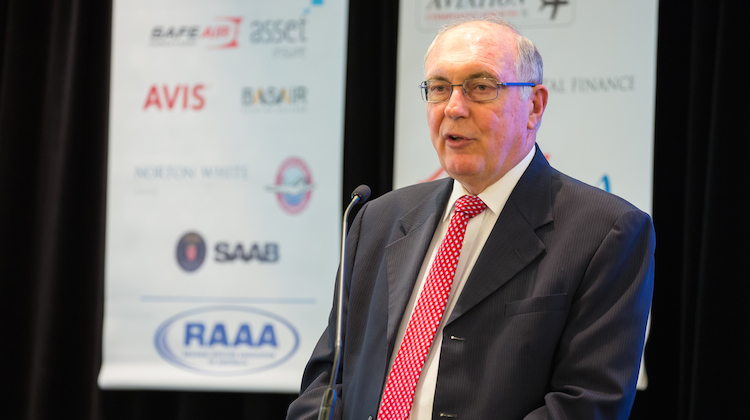
Deputy Prime Minister and Minister for Infrastructure and Regional Development Warren Truss says the government plans to release a new training program designed to assist regional airports better manage their security processes.
Slated to begin in 2016, the new regional aviation security awareness training package would be available to the 150-odd security controlled airports in small, lower risk categories as well as the 48 airports that have screened air services such as Bundaberg, Devonport, Geraldton and Tamworth, Truss said.
The package would assist airports to understand the current risk environment, assist then to plan responses to future threats and improve general security awareness.
“While there is no evidence of a specific threat to regional aviation, it is likely to remain a potential terrorist target for the forceable future,” Truss told delegates at the Regional Aviation Association of Australia (RAAA) national convention in the NSW Hunter Valley on Friday.
“The nature of this threat will continue to evolve and so it is essential for government and industry to continue the efforts to deal with it.
“Regional and remote airports are vital to Australia’s prosperity and well being and the new training initiatives will support their efforts to provide a secure aviation environment.
“My department will shortly begin consultations with regional and remote airport and airline representatives to develop the content and learning delivery model of this package.”
On airport security generally, Truss said he hoped the advancements in equipment would enable passenger screening to be “easier and less intrusive”.
Further, the Deputy Prime Minister said there was some consideration to eliminating the screening of arriving passengers at some major capital city airport who had flown in from regional airports where they had already been through security checks.
“The equipment in the country is just as good. In some cases it is better and because of the numbers involved the checking is probably more reliable,” Truss said
“There is plenty of room for us to improve the system.
“The security training package . . . will address how we can better train the people who are involved and hopefully deliver a smoother and faster service to the people who travel through the airports.”
In another initiative, Truss said the government would shortly establish a business stakeholder group whose purpose would be to improve aviation and maritime connections in northern Australia.
The stakeholder group was one of the initiatives contained in the government’s White Paper on developing Australia’s north published in June, with representatives to come from aviation and maritime sector, as well as the wider business community.
“The group will work closely with regional aviation stakeholders to identify impediments to aviation services and develop practical solutions to further growth in the north,” Truss said.
“It comes in part as a response to concerns about the cost of travel to northern Australia.”
The government was also undertaking an aviation workforce skills study to better understand the future needs of Australia’s aviation workforce and ensure there was a sufficient pipeline of pilots and engineers to meet the demand for new aircraft and the forecast growth in air travel.
The Aviation Industry Consultative Council helped draw up the parameters of the study, while the Transport and Logistics Industry Skills Council (TLISC) will undertake the work in consolation with industry. Truss said the study was expected to be completed early in 2016.
Boeing’s 2015-2034 Pilot and Technician Outlook expects Australia, New Zealand and the countries of the South Pacific to require an additional 12,000 new pilots and 13,000 new maintenance engineers (technicians) over the next two decades to meet the growing demand for air travel.
Meanwhile, Truss said the proposed airport at Sydney Badgerys Creek would provide opportunities for regional airlines.
Also, the scheme that guaranteed access for regional airlines at peak times at Sydney Airport would remain in place at Mascot once the Badgerys Creek airport was operational some time in the mid-2020s.
“Kingsford Airport will remain an essential transport hub for regional NSW. It will be the airport of choice for people who actually want to do business in Sydney or visit its major tourist attractions, but the reality is it will reach its capacity and we have to have other ways of dealing with the growth in airport traffic,” Truss said.
“The government is committed to retain the existing protections for regional airline access to Kingsford Smith Airport and ensuring that it operates as a gateway for people coming to Australia and for those wanting to visit the capital city of NSW.”












